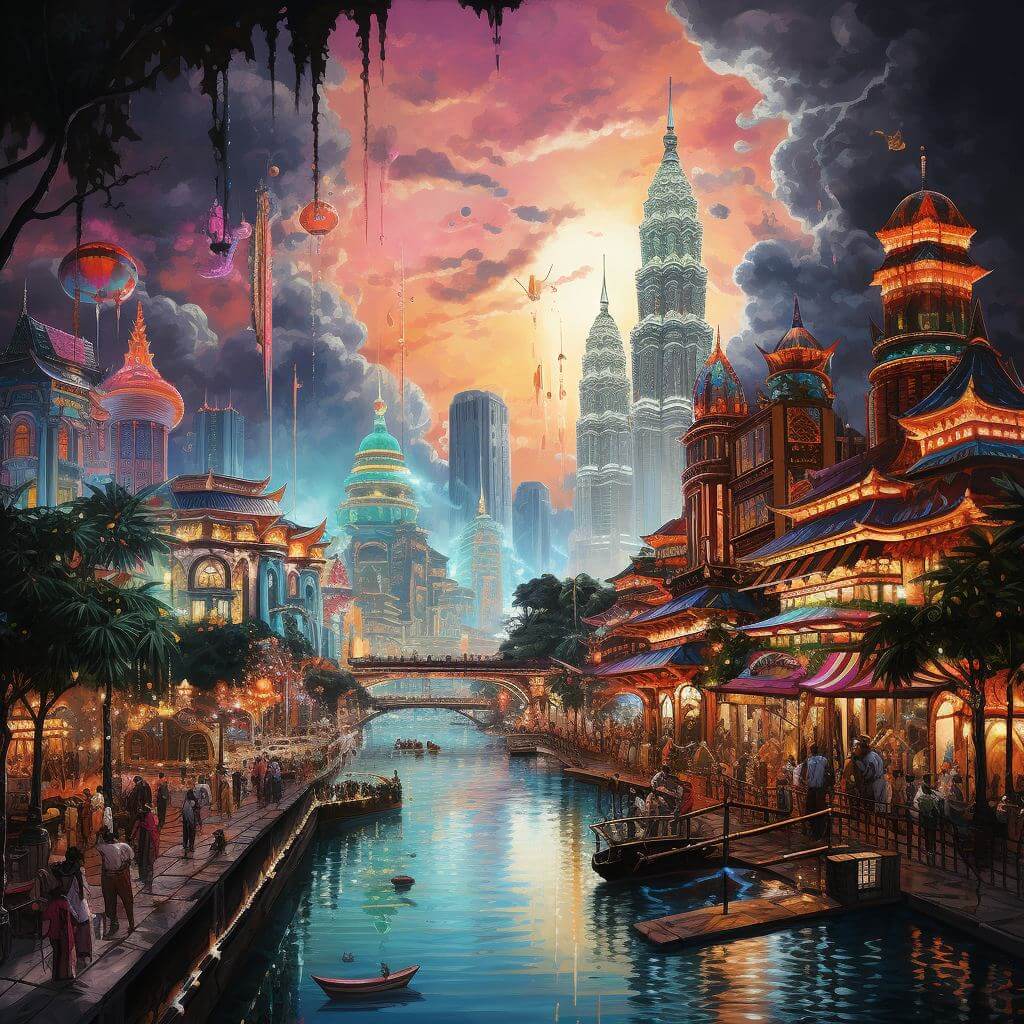The intersection of artificial intelligence (AI) and the art world has ignited a debate on whether AI can serve as a valuable tool for art historians and experts in assessing artwork authorship. This debate came to the forefront with an attempt to attribute a new painting to Raphael using an AI program.
The De Brécy Tondo controversy
Earlier this year, researchers from UK universities, Bradford and Nottingham, employed AI-assisted facial recognition to analyze a painting known as “The De Brécy Tondo.” Their conclusion was that the faces in this artwork were identical to those in a known Raphael painting, the Sistine Madonna. This discovery ignited strong reactions from art historians and experts.
Angelamaria Aceto, a researcher at the Ashmolean Museum in Oxford, questioned the reliance on AI for authenticity assessment, emphasizing that true connoisseurship involves expert judgment beyond mechanical analysis. Additionally, concerns were raised about the validity and scope of the data sets used in AI programs for art authentication.
The role of AI in Art scholarship
Hassan Ugail, director of the Centre of Visual Computing at the University of Bradford, acknowledges the invaluable expertise of art historians but argues that AI can provide complementary insights and enhance transparency in the authentication process. He emphasizes that AI can offer a different perspective while maintaining the significance of human expertise.
Challenges for conservators
For conservators, the use of AI in art authentication presents unique challenges. Comparing paintings accurately requires matching identically preserved paint layers, which AI may struggle with when dealing with restored or differently preserved areas. The subjective nature of assessing restoration work and the impact of factors like varnish, wear, and damage further complicate AI’s role in this context.
Karen Thomas, founder of Thomas Art Conservation in New York, acknowledges the potential of AI as one tool among many for determining authorship but maintains that it cannot replicate the value of connoisseurship in understanding paintings.
Art recognition’s AI approach
Art Recognition, a Swiss company, has gained attention for its AI system aimed at swiftly and objectively evaluating artwork authenticity. Carina Popovici, the company’s CEO, highlights their meticulous data assembly and collaboration with art historians to ensure data accuracy. Their AI process involves training the algorithm to capture features specific to the analyzed artist.
The company’s AI verification process successfully authenticated an 1889 self-portrait by Vincent van Gogh with a 97% probability, preceding the Van Gogh Museum’s authentication. Popovici emphasizes that their AI technology aims to complement art experts’ efforts rather than replace them, particularly in cases where experts struggle to reach a consensus on authenticity.
AI and collaboration
Both Popovici and Ugail emphasize the collaborative potential of AI and highlight academic publications supporting their claims. Art Recognition’s collaboration with Eric Postma from Tilburg University resulted in an academic paper that advances the acceptance of AI in art authentication within the scientific community and the art market. Ugail points to a paper on deep facial features for analyzing artistic depictions presented at a conference in Cambodia.
Interestingly, Art Recognition conducted its analysis of the De Brécy Tondo and arrived at a different conclusion than the UK universities’ AI program, suggesting that their AI considers various elements beyond just faces in its assessment.
AI’s future in art authentication
The debate over whether AI can fully replace human expertise in art authentication remains polarized. Some, like Howard Lewis, director of the Schorr collection of Old Master paintings, see AI as a technological tool that enhances the human experience but does not supersede it. In contrast, others, like London-based Old Masters dealer Johnny van Haeften, firmly reject AI-based attributions.
AI’s role in art authentication continues to evolve, with proponents arguing for its complementary value, while skeptics emphasize the enduring significance of human expertise and judgment. The relationship between AI and the art world remains a topic of ongoing discussion and scrutiny.




